Innovation in Focus: Research Appreciation
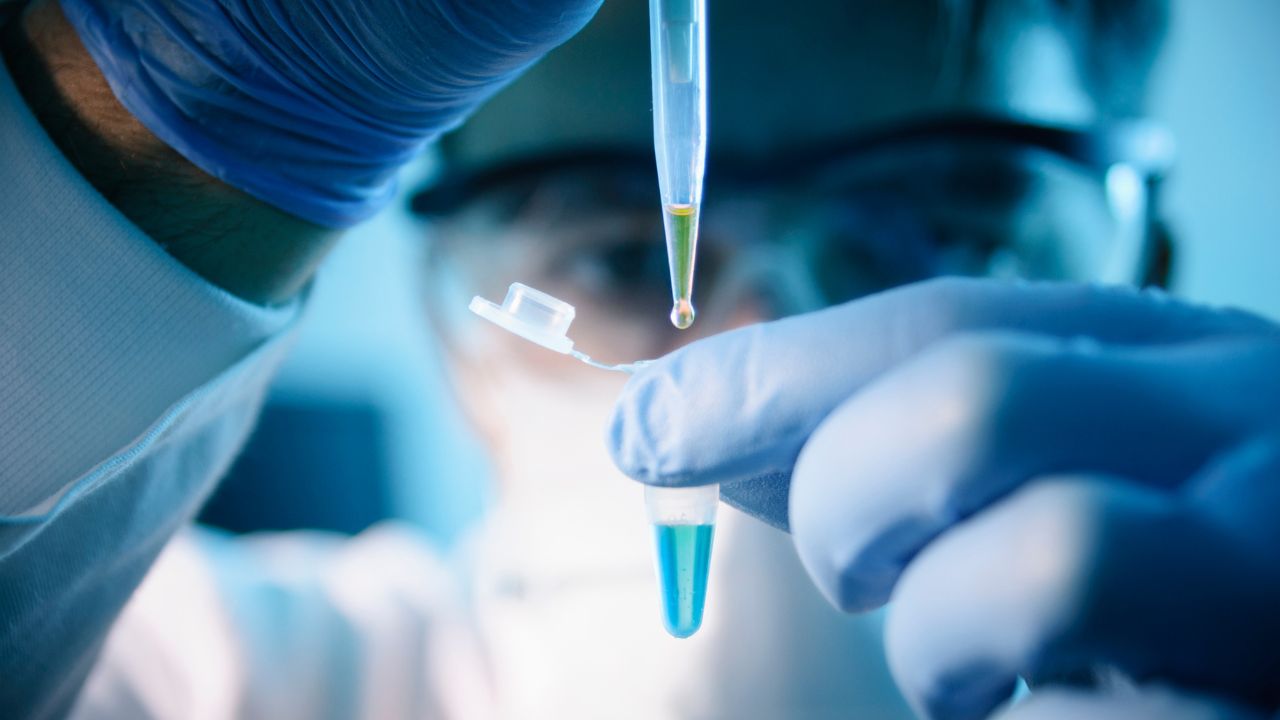
July 3, 2025 • By Amy Elkavich, Staff Writer
In recognition of Research Appreciation Day on July 5, we’re calling attention to a handful of ISSInternational Space Station National Lab-sponsored projects that are driving meaningful progress—bringing us closer to solutions for some of humanity’s most pressing challenges. From drug development and delivery to in-space manufacturing, this space-based research aims to benefit life on Earth. The conditions available in low Earth orbit(Abbreviation: LEO) The orbit around the Earth that extends up to an altitude of 2,000 km (1,200 miles) from Earth’s surface. The International Space Station’s orbit is in LEO, at an altitude of approximately 250 miles., such as microgravityThe condition of perceived weightlessness created when an object is in free fall, for example when an object is in orbital motion. Microgravity alters many observable phenomena within the physical and life sciences, allowing scientists to study things in ways not possible on Earth. The International Space Station provides access to a persistent microgravity environment. and the extreme space environment, can (and have) delivered results impossible to achieve in ground-based labs. In this photo essay, learn more about a few ISS National Lab projects positioned to change our world.
Building Fire Safety
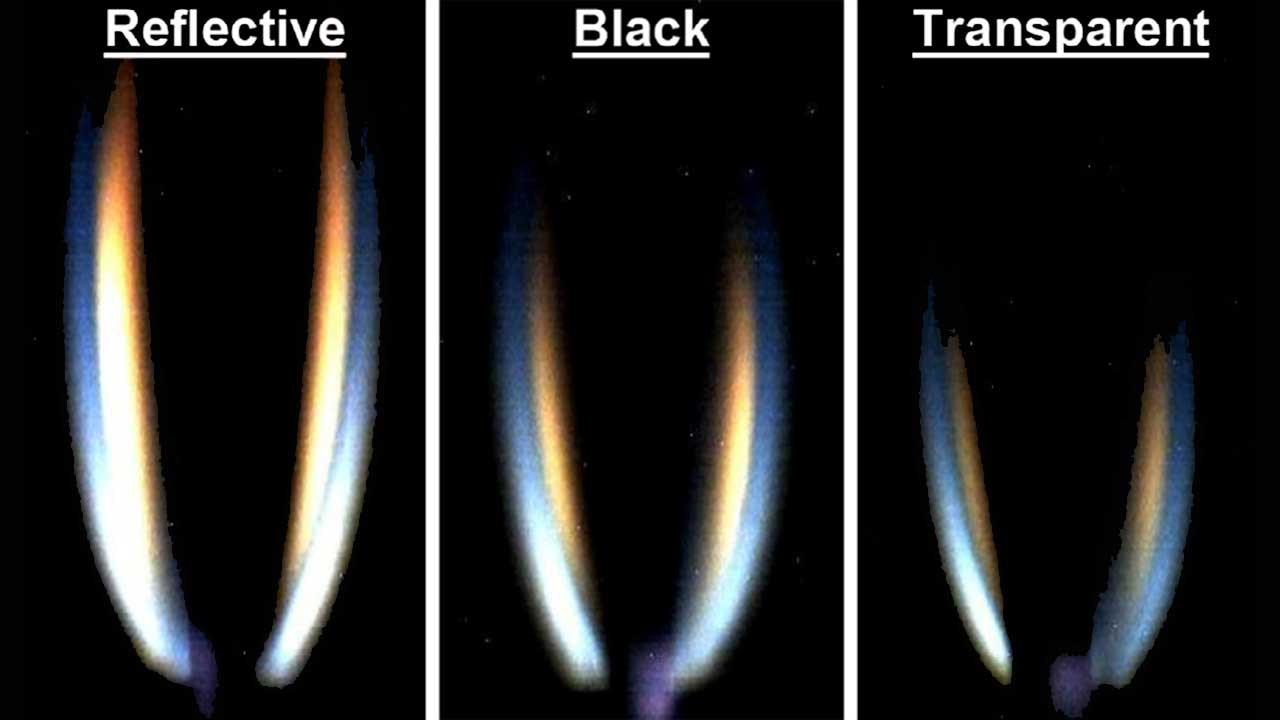
Media Credit: Case Western Reserve University
Case Western Reserve University advanced the understanding of flame behavior in confined spaces to improve fire models and prevent fire-related tragedies.
Pictured here, researchers added adjustable walls with different surfaces—shiny, see-through, and black—to a small wind tunnel to see how flames react in different spaces. Without gravity, they could control the airflow and better understand what affects the flames.
Improved Cancer Therapy
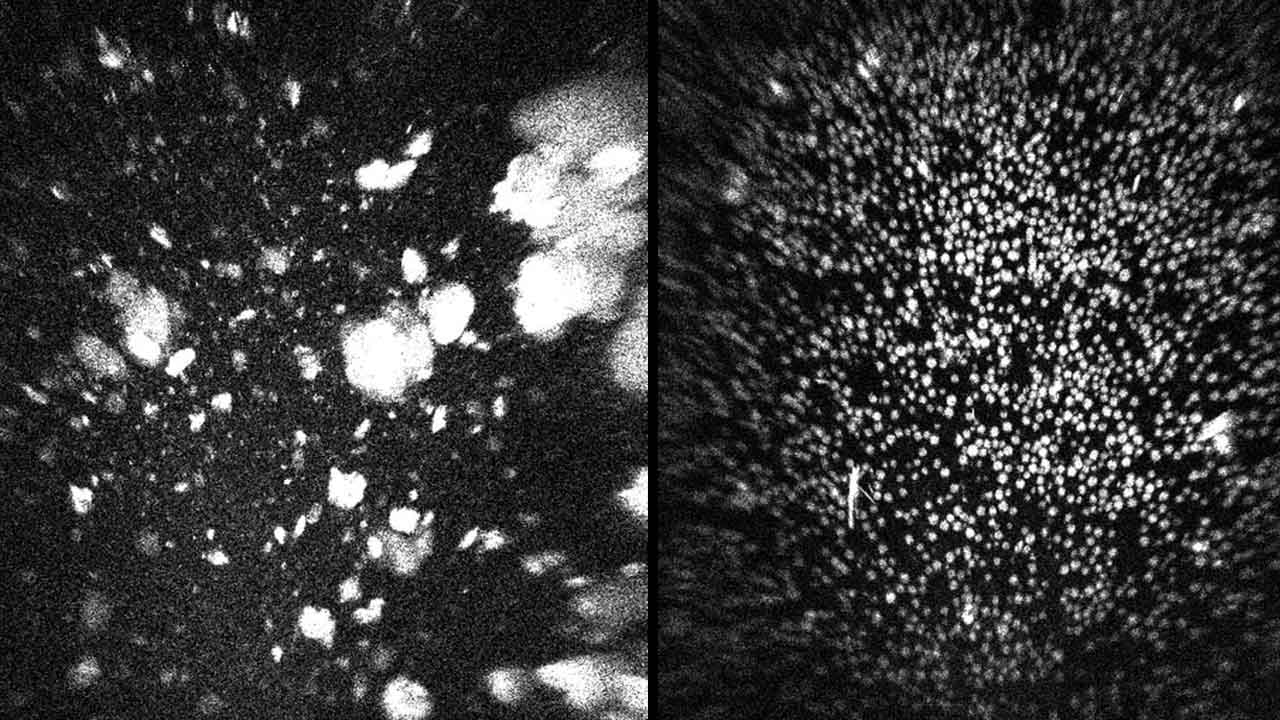
Media Credit: Merck
Crystal growth research in space is helping Merck improve the way its Keytruda cancer therapy is given to patients.
This image from Merck’s project shows the difference between growing crystals in a ground-based lab (left) and a space-based lab (right). The crystals grown in space were more uniform in size and distribution, allowing the company to reformulate Keytruda as a quick injection instead of an IV infusion.
Durable Supercomputing
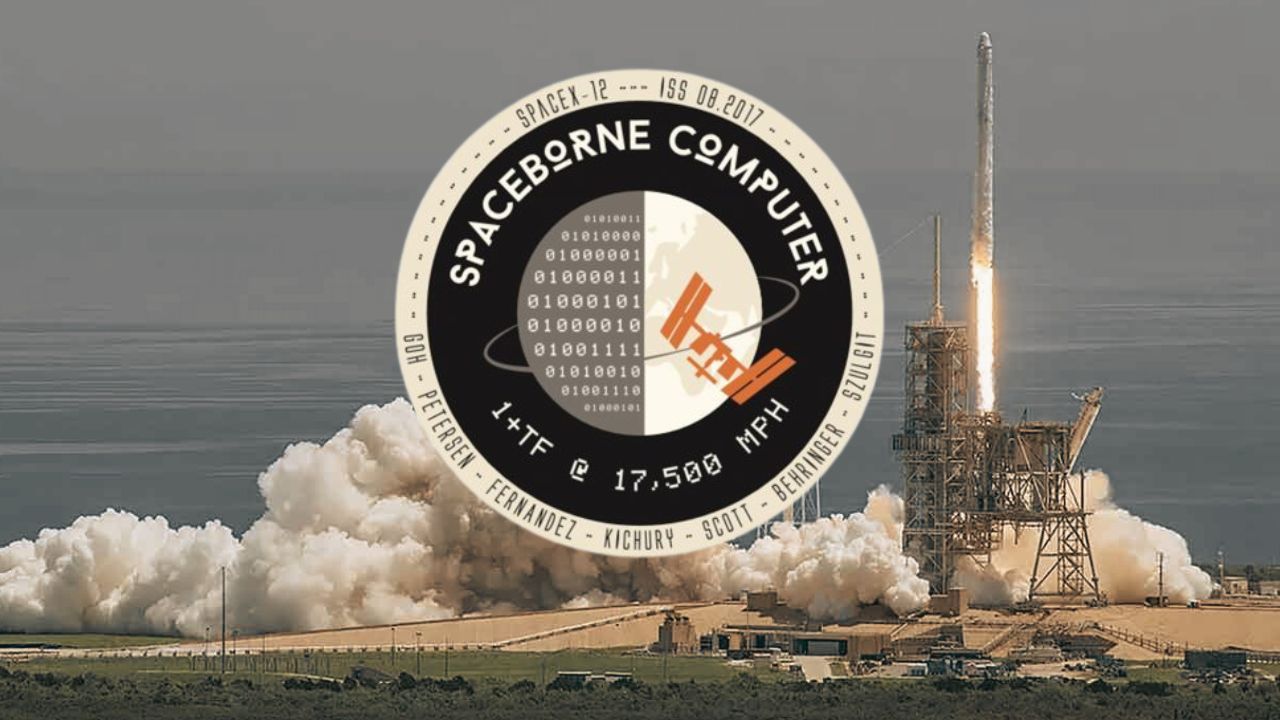
Media Credit: SpaceX
Hewlett Packard Enterprise demonstrated supercomputing in space using innovative software that protects the hardware from extreme conditions and filed a patent related to its research.
Shown here is the mission patch for the Spaceborne Computer project.
Studying Heart Disease
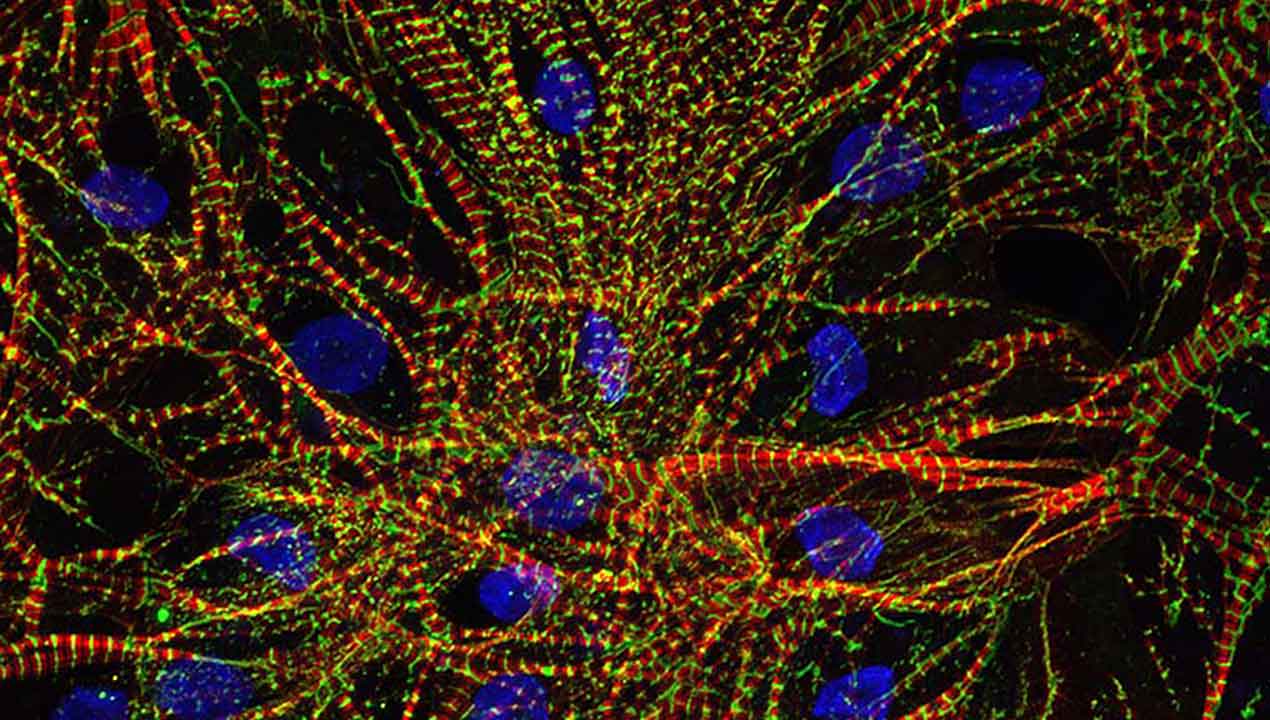
Media Credit: Stanford University
Stanford University used stem cell-derived heart muscle cells to study cardiac function at the cellular level, laying a foundation for more advanced studies to improve heart disease models.
This image illustrates how heart cells appear when grown in microgravity.
Developing Pharmaceuticals
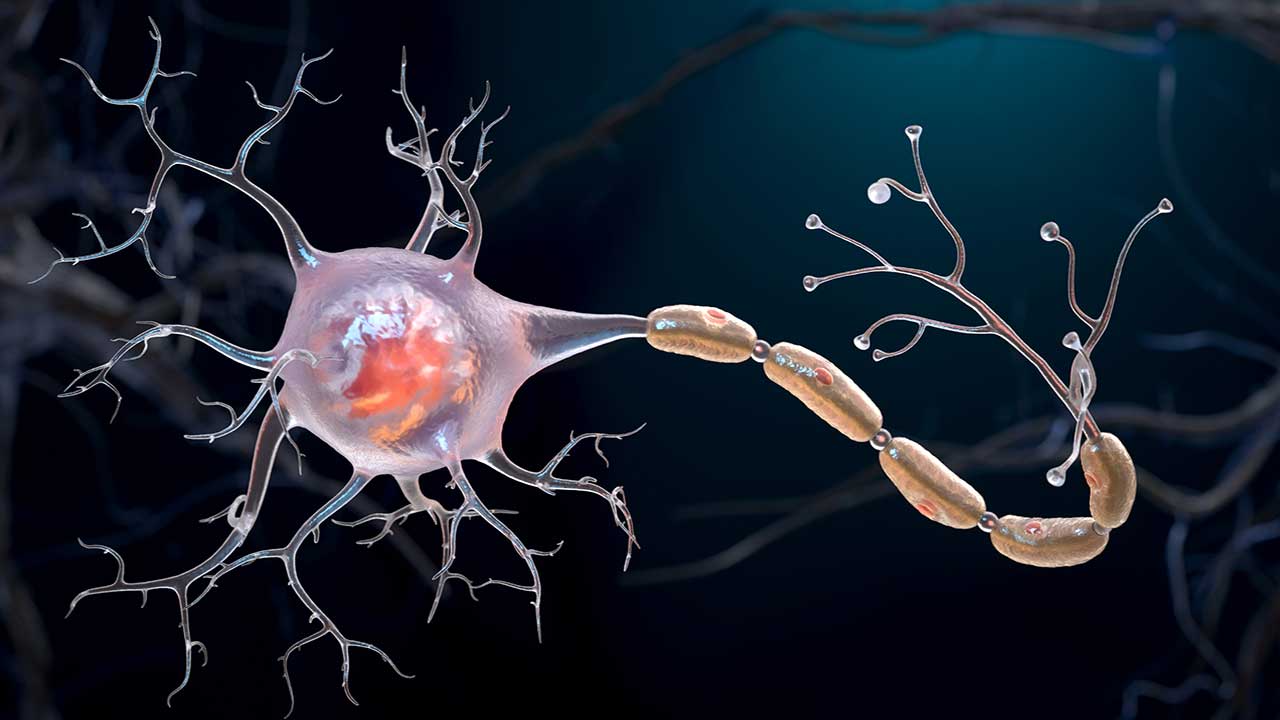
Startup Axonis Therapeutics grew 3D brain organoids in space to test a new drug for neurological conditions and attracted $150 million in Series A financing following its flight projects.
Shown here is an illustration of a nerve cell, also called a neuron. It has a main part called the cell body, short branches called dendrites, and one long part called an axon that ends in tiny tips. To send a message, an electrical signal travels down the axon, and the tips release a chemical signal that’s picked up by the dendrites of nearby neurons.
Testing Sensor Technology

Media Credit: Orbital Sidekick
After validating its sensor technology on the space station, startup Orbital Sidekick attracted nearly $50 million in investment and signed more than a dozen energy companies for pipeline monitoring services.
This is an image captured over East Timor in Asia, enhanced with Orbital Sidekick’s specialized analytics layer. Images like this taken from space can help identify leaks in pipelines, areas at risk for wildfire, and valuable materials that can be mined.